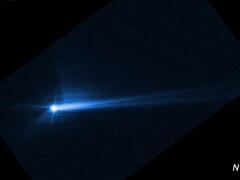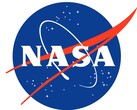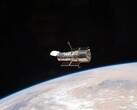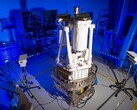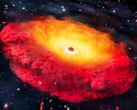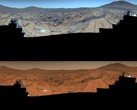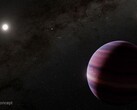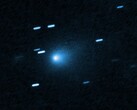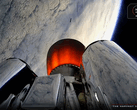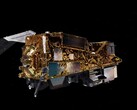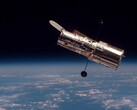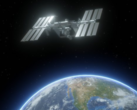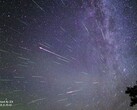Hera, launched on October 7, 2024, is on course for the Didymos binary asteroid system. The binary system consists of two asteroids — Dimorphos and Didymos — the former is a smaller asteroid orbiting the latter. NASA’s DART (Double Asteroid Redirection Test) was sent in 2022 to test asteroid deflection for the first time by crashing into Dimorphos. The mission was successful as the impact altered Dimorphos’ orbit.
Hera is set to arrive at the Didymos binary system in late 2026 to perform a post-impact survey of Dimorphos, ultimately helping scientists understand how effective asteroid deflection techniques are for planetary defense. But ESA needed to test the spacecraft’s camera in conditions similar to those expected when it first sights Didymos.
Hera, using its Asteroid Framing Camera, captured Otero, a rare A-type asteroid, from about three million kilometers away. Hera’s camera observed the asteroid for three hours, taking shots every six minutes. A time-lapse created from these images revealed the asteroid’s motion, differentiating it from a star.
After sighting Otero in May 2025, Hera’s imaging was called into action two months later. On July 19, it captured Kellyday, which appeared about 40 times fainter than Otero. Giacomo Moresco, Flight Dynamics Engineer at ESA’s European Space Operations Centre (ESOC) in Darmstadt, Germany, described the results from the rapid-response observations as “very encouraging.” Hera is proving its job-readiness for its mission at Didymos.




